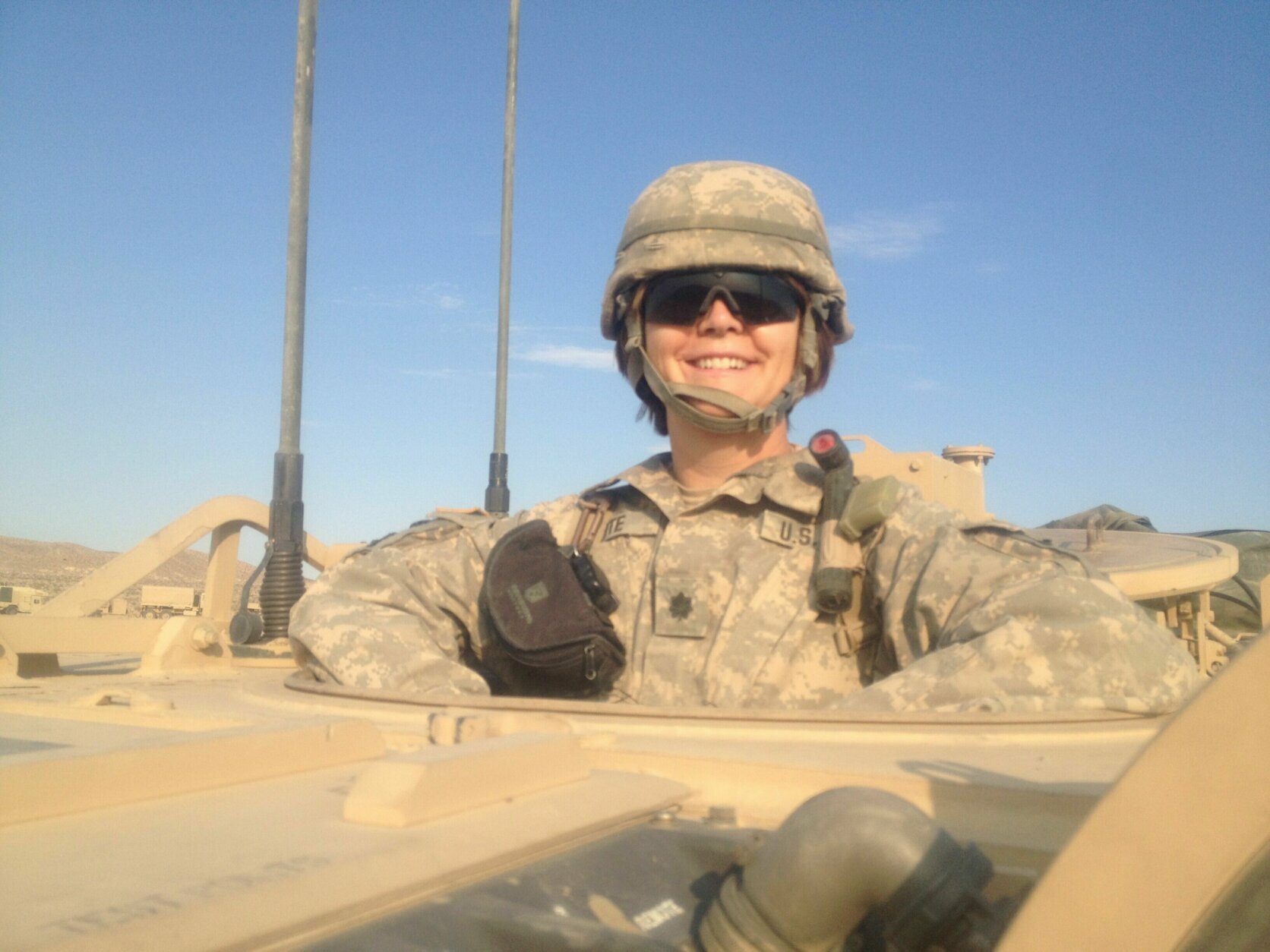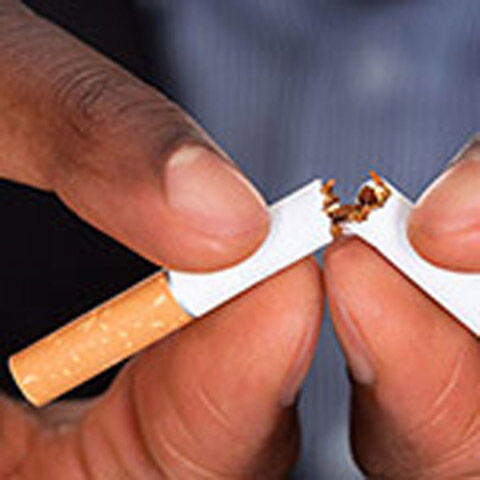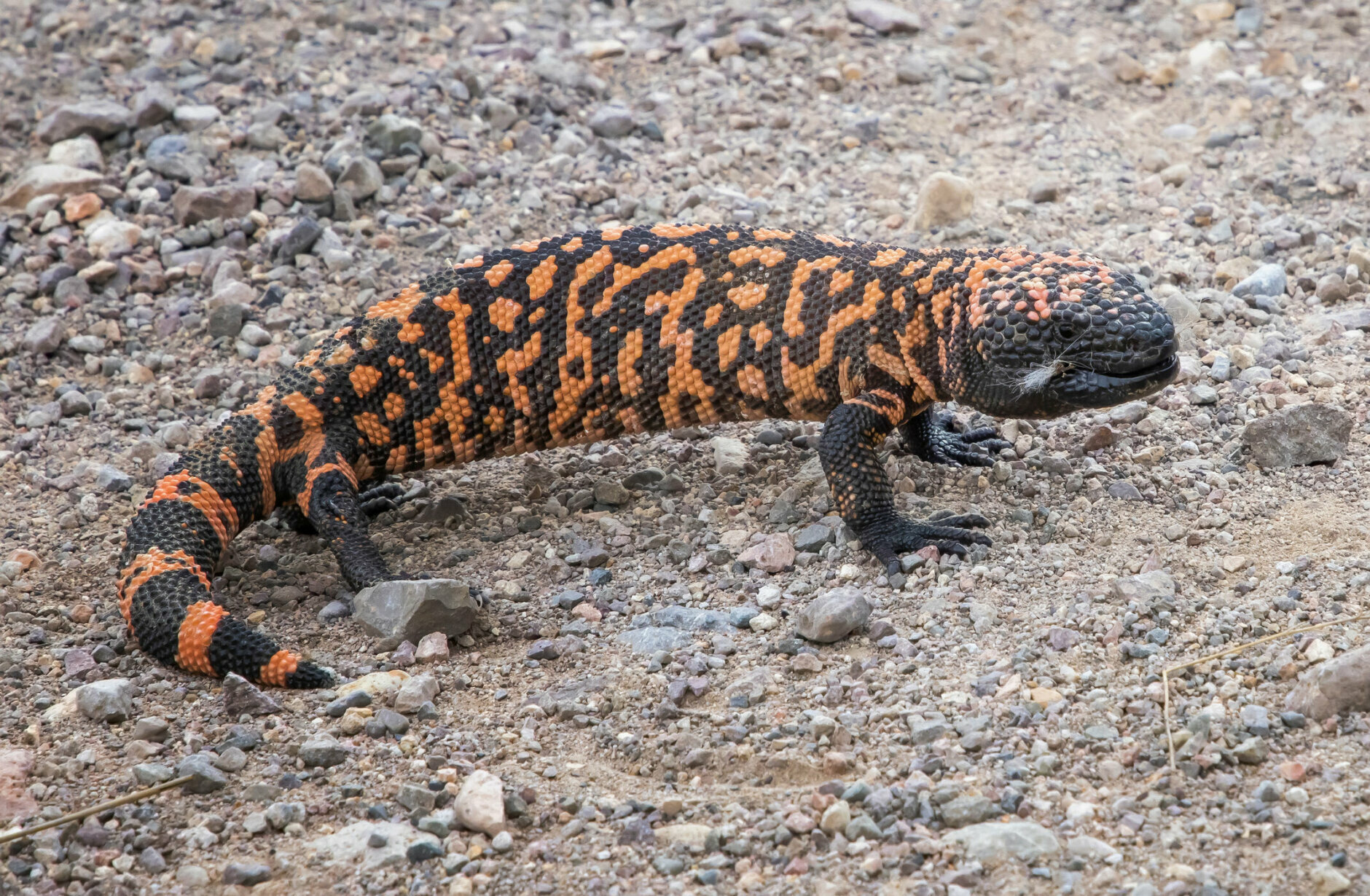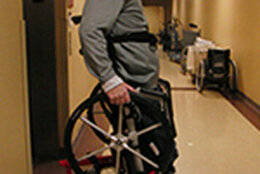







People familiar with the phrase “your tax dollars at work” — which is often used derisively — might be surprised by the life-changing research that the U.S. Department of Veterans Affairs funds.
“We’ve been doing research since about 1925,” said Dr. Molly Klote, who is an Army veteran and the director of the VA Office of Research Protections, Policy, and Education.
“We have been improving the lives of veterans, and as a result of the work that we do, our research then translates to all Americans,” she said.
The earliest of that research explored applications of antibiotics, wound care and prosthetics — and it continues today.
There’s now a new computer mouse, for example, designed for use by prosthetic hands or limbs that was developed within the VA.
VA studies and research, past and present, contribute to many medical fields, including:
- Cardiac pacemakers;
- Nicotine patches to quit smoking;
- Shingles vaccine;
- Radioimmunassay, a widely used medical technique to measure very small amounts of a substance in blood;
- The universally used prostate cancer classification known as the Gleason score;
- The idea of taking aspirin to ward off heart attacks;
- Smart boxes that keep transplant organs functioning while en route to long-distance donors.
The VA also has helped advance the fight against COVID-19.
“There was a new immunology treatment for viral infections that we co-created with Emory University that’s being used for COVID,” Klote said.
And, during Operation Warp Speed, when the call went out for COVID-19 vaccination trial volunteers, more than 57,000 veterans said they would do it.
“Which was really an incredible seven-week period that 57,000 of them signed up into our registry, and we were able to then help match them to studies that were going on across the country,” Klote said.
The VA is the largest integrated health care system in the United States. There are more than 1,000 clinics and 171 medical centers, 106 of which have research programs.
The Office of Research and Development decides how money allocated from Congress will get used.
“So from pre-clinical studies, to health services, research, to rehabilitation research, to basic laboratory research, all of that is evaluated,” Klote said. “Investigators across the VA submit projects in for consideration. And those decisions get made looking at the landscape of all that’s going on to figure out what is going to be a practical solution to improve the life of a veteran or a whole class of veterans.”








